Estimated reading time: 9 minutes
Disclaimer: I am not a medical doctor and nothing in this article should be taken as medical advice. Please talk to your doctor before using any of the herbs and/or remedies mentioned in this article.
Ahh, spring. Flowers are blooming. Insects are humming. And poison ivy is growing. And for many of us – about 85 percent of us, in fact – that last one means trouble. According to the American Skin Association, poison ivy, poison sumac, or poison oak cause the most common allergic reaction in the U.S, affecting as many as 50 million people every year.
The culprit in all three plants is urushiol, an oily resin found in their leaves, stems, and roots. The sticky substance attaches easily to skin, clothing, pet fur, tools, and equipment. When we come into direct or indirect contact with it, it can cause a form of contact dermatitis.
The resulting rash can range from mild to severe, depending on how much urushiol gets on your skin and your own sensitivity to it. Sensitive people also can experience respiratory symptoms if the plants are burned and urushiol becomes airborne.
Want to save this post for later? Click Here to Pin It on Pinterest!
If you spend time outdoors in wooded areas, you are likely to encounter these troublesome plants, which we group together because they all contain urushiol. There are two different types of poison ivy and two different types of poison oak.
Eastern poison ivy, which grows profusely in both the Eastern and Midwestern regions of the country, mostly grows on the ground or climbs up tree trunks like a vine. It also can grow as a shrub-like plant.
Western poison ivy looks very similar to its Eastern counterpart but grows only along the ground and is found only in the West. It is not as big a problem as Eastern poison ivy.
Pacific poison oak is what folks on the West Coast should fear. Like Eastern poison ivy, it grows along the ground, as a climbing vine and as a shrub.
Atlantic poison oak is another less common variation of poison oak. Poison sumac grows in very wet areas and is not as common as poison ivy or poison oak.
Have you heard the adage “Leaves of three, let them be!”? It’s a good one to heed. While they are not the only plants to have leaves in groupings of three, poison ivy and poison oak share this identifying trait.
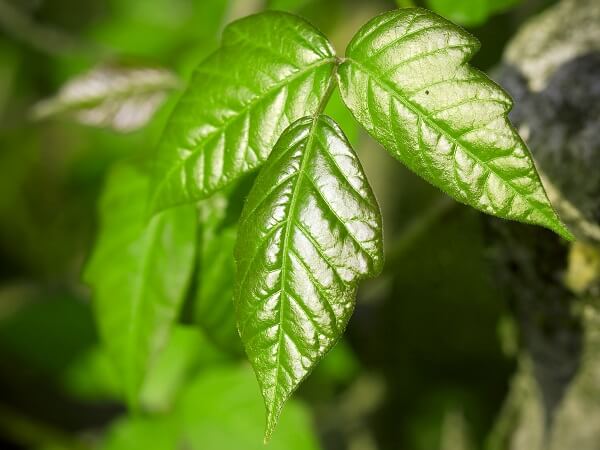
Poison ivy leaves have notched tips with either notched or smooth edges. The plant is reddish in color in the spring, green in summer and yellowish orange in the fall. Sometimes poison ivy boasts green-tinged white berries and yellow-green flowers in the warm months.
Poison oak leaves also cluster in threes, although some varieties have five or seven. Its leaves have a wavy or scalloped appearance that is similar to oak tree leaves. Unlike poison ivy, the tips of poison oak leaves are rounded. They are bright green in the spring, yellow-green or pinkish in the summer, and then they transition to a deeper yellow and dark brown in the fall.
Going against the leaves of three rule is poison sumac. Its stems usually are red and hold pairs of seven to thirteen leaves with a single blade at the end. Poison sumac leaves are two to four-inch ovals with smooth edges. They are orange in the spring, dark green in the summer, and reddish orange in the fall.
Learning to recognize these plants and stay away from them is the best way to avoid getting the itchy, painful rash. Wear long sleeves, long pants, closed shoes, and gloves when hiking or working in wooded areas.
However, even the most vigilant among us can find themselves a victim of the resin. Symptoms, which can take up to three days to appear and then last for weeks, include redness, itching, swelling, blisters, and respiratory problems.
If you suspect you’ve been in contact with poison ivy, poison oak or poison sumac, washing your skin with soap and water within 30 minutes of exposure reduces your chances of getting a rash. Avoid using hot water as it can irritate the skin.
Wear rubber gloves to carefully wash any clothing, shoes, equipment, or animals that could also have touched the plants. Some people recommend carrying rubbing alcohol or lemon juice with you if you know you will be near these poisonous plants.
Applying these natural astringents to the skin soon after contact with urushiol may limit its ability to penetrate the skin. Urushiol can remain potent for years. For example, you could put away a jacket or tool with urushiol oil on it, then take it out a year later and get a rash from it.
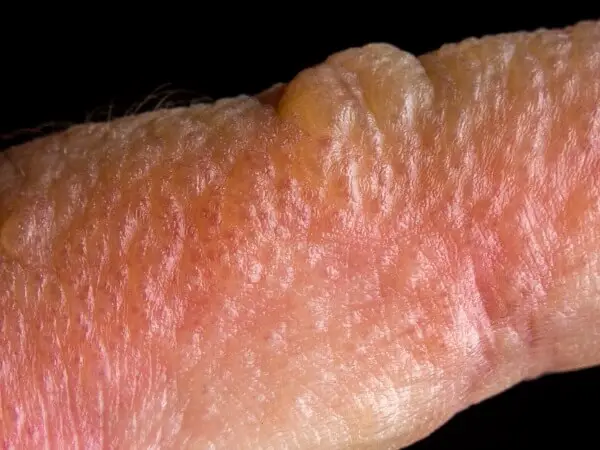
Home Treatments
Rashes from exposure to poison ivy, poison oak, or poison sumac are very itchy and uncomfortable. As with other skin rashes, constant scratching can cause more irritation and possibly trigger an infection, so getting the itchiness under control is a big part of any home treatment. Common over-the-counter treatments include hydrocortisone cream and calamine lotion.
Here are some tips and natural home remedies.
1. Wear light cotton gloves to bed to reduce problems from scratching in your sleep.
2. Apply calamine lotion. You can purchase calamine lotion at any pharmacy, or you can make your own homemade version with the following recipe. You should be able to find the ingredients at your local health food store.
Ingredients:
- 1/4 cup zinc oxide
- 1/2 tsp iron oxide
- 4 tsp baking soda
- 4 tsp bentonite clay
- 1/2 tsp glycerin
- 1/4 cup water
- 3-5 drops lavender, peppermint, camphor, tea tree oil (or another antibacterial essential oil of your choice)
Directions:
Combine all ingredients in a bowl and whisk until smooth. Pour into a lidded bottle or jar and store in the refrigerator for up to two weeks.
3. Apply Aloe Vera gel. Fresh, natural Aloe Vera gel can soothe the pain and irritation of poison ivy and help it heal. Carefully split open a leaf of the plant and smooth the clear gel directly on the affected area. You also can purchase 100 percent Aloe Vera gel to keep on hand at home.
4. Bathe with baking soda. Adding a half cup of baking soda to warm bathwater and soaking in the tub can relieve your symptoms. Another idea is to make a paste of baking soda and warm water. Apply the paste directly to the rash.
5. Apply an oatmeal paste. You also can make a soothing paste of cooked oatmeal. This simple home remedy is soothing and helps draw out toxins.
Oatmeal may also work in the tub. Here’s a time-honored remedy: Grind one cup of oatmeal in the blender until it becomes a fine powder. Then place the powder in cheesecloth or a clean nylon stocking. Form a pouch by knotting the end, and then tie the bag around the bathtub faucet so it is under the running water as you fill the tun with warm water. Soak in the tub for 20 to 30 minutes.
6. Use apple cider vinegar. Apple cider vinegar also helps remove toxins from the skin. Soak a cotton cloth or cotton pad with a teaspoon of apple cider vinegar and then apply directly to the rash. Reapply as often as needed.
7. Rub with a banana peel. Some people experience soothing relief by rubbing the inside of a banana peel on the rash. Banana peels contain antiseptic, anti-inflammatory, and cooling properties. (Some people also have found temporary relief from itching and pain by rubbing a watermelon rind on the rash.)
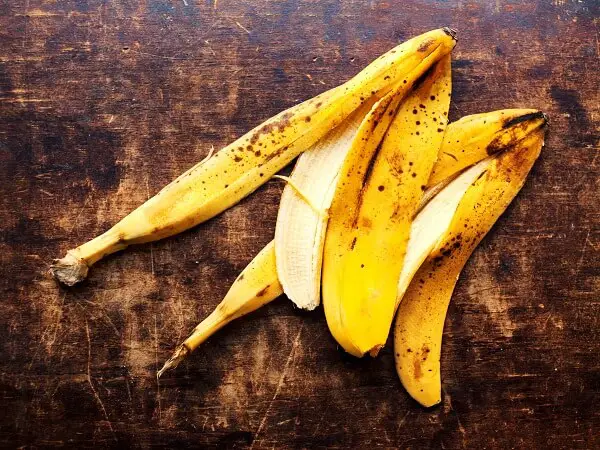
8. Apply a potato paste. Another natural way to help treat a poison ivy rash is with a potato paste. Place slices of raw potato in your blender or food processor. Apply the paste directly on the skin, covering with plastic wrap if desired. The starch from the potato dries the skin, reducing itching and promoting healing.
9. Cover with cucumber slices. Slice up some cucumber and apply the pieces directly to the rash for at least 15 minutes. Another idea is to make a cucumber paste to cover the affected area.
10. Soak with Epsom Salt or Himalayan crystal salt. These salts will work to dry out blisters and help promote healing. Add two cups of Epsom Salt or one cup of Himalayan crystal salt to warm bath water and then soak in the tub for about 20 minutes.
A related remedy is to soak a towel or cloth with warm water mixed with Epsom salt and apply directly to the rash.
11. Make a turmeric paste. A paste made with turmeric and lemon juice helps rash blister dry out and hastens the healing process. Apply the paste directly to the area for about 15 minutes and then gently wipe off. (Don’t worry about the yellow stain the skin turmeric causes; it will fade soon.)
12. Apply cool tea bags. Steep green or herbal tea bags for several minutes and let them cool. Then apply the cooled bags to the painful area for 15 minutes.
While you may be able to treat most poison ivy, poison oak, and poison sumac outbreaks at home, you should consult a doctor if you experience any of the following symptoms.
- Blisters that ooze pus
- Breathing difficulty
- Rash that spreads to eyes, mouth or genitals
- Continuous swelling
- Fever greater than 100 F
- Rash that doesn't improve within a few weeks
Like this post? Don't forget to Pin It on Pinterest!



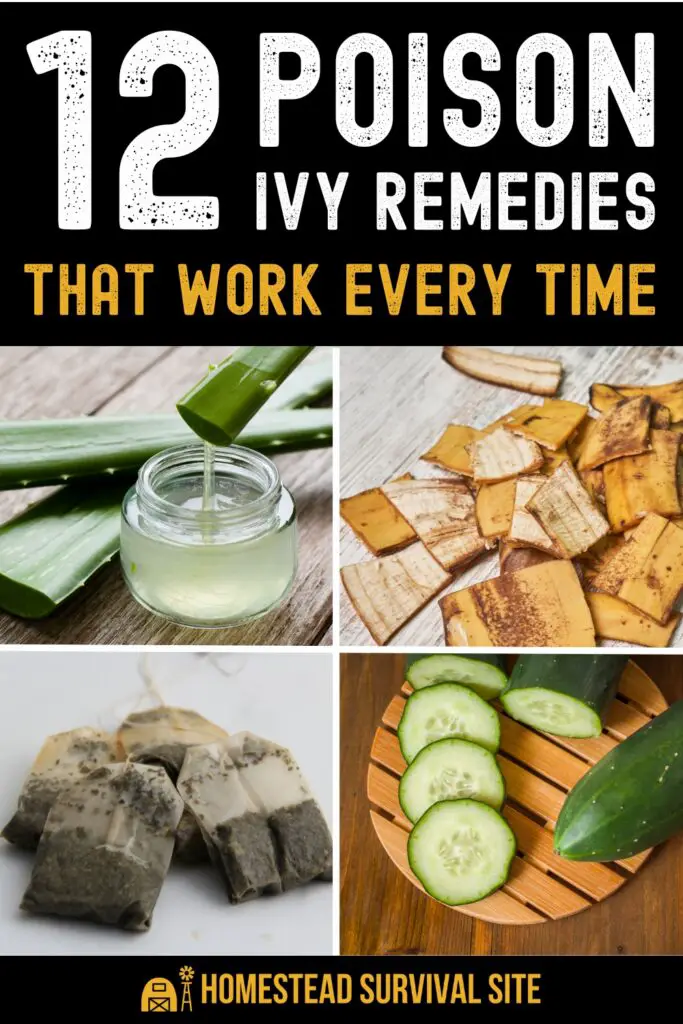





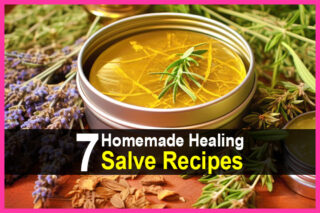
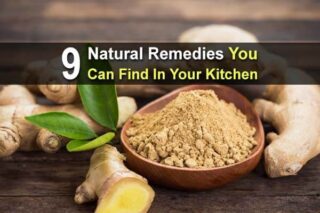


Poison ivy and oak are old friends from Georgia. Rubbing alcohol is a bullet-proof remedy… the ultimate solvent for ivy oil. Carry some wipes when hiking and quickly wipe down exposed skin afterwards as insurance. 70% works for anything that flares up… usually that same day. I’ve used 91% for day-old rashes that had become sub-dermal… I would apply via a soaked cotton ball and really let it soak in. Of course, some homemade “shine” would be more natural and a great way to celebrate afterwards!
Thanks for the the tip!